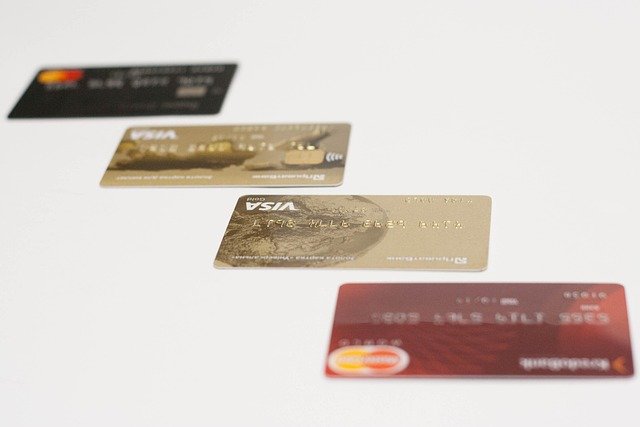Credit Cards: Powering Modern Commerce and Consumer Convenience
Credit cards have become an integral part of our daily lives, revolutionizing the way we make purchases and conduct financial transactions. These small pieces of plastic or metal have transformed the landscape of commerce, offering convenience, security, and financial flexibility to consumers and businesses alike. In this article, we'll explore the world of credit cards, their impact on modern commerce, and the benefits they bring to both cardholders and merchants.

The process involves several key players: the cardholder, the merchant, the acquiring bank (which processes payments for the merchant), the issuing bank (which provides the credit card to the consumer), and the card network (such as Visa or Mastercard) that facilitates the transaction between these parties.
What are the benefits of using credit cards for consumers?
Credit cards offer numerous advantages to consumers, making them a popular choice for everyday purchases and larger expenses. One of the primary benefits is convenience – credit cards allow users to make purchases without carrying cash, and they’re widely accepted both in-store and online. This convenience extends to travel, where credit cards are often essential for hotel bookings and car rentals.
Many credit cards also offer rewards programs, allowing cardholders to earn cashback, points, or miles on their purchases. These rewards can translate into significant savings or perks, such as free travel or statement credits. Additionally, credit cards provide a level of purchase protection and fraud prevention that cash transactions cannot match, with many issuers offering zero liability for unauthorized charges.
How do businesses benefit from accepting credit card payments?
For merchants, accepting credit card payments can significantly boost their business. By offering this payment option, businesses can cater to a wider customer base, including those who prefer not to carry cash or who want to make larger purchases they might not otherwise be able to afford immediately. This can lead to increased sales and customer satisfaction.
Credit card transactions also provide businesses with faster access to funds compared to checks, and they reduce the risks associated with handling large amounts of cash. Moreover, accepting credit cards can lend credibility to a business, potentially attracting more customers who view card acceptance as a sign of legitimacy and professionalism.
What are the key components of a credit card transaction?
A credit card transaction involves several steps and components that work together seamlessly to complete a payment. The process begins when a customer presents their card for payment, either by swiping, inserting, or tapping the card at a point-of-sale terminal, or by entering the card details online.
The merchant’s payment terminal then sends the transaction information to the acquiring bank, which forwards it to the card network. The network routes the request to the issuing bank, which checks the cardholder’s account for available credit and approves or declines the transaction. This approval (or decline) is then sent back through the network to the merchant, all typically occurring within seconds.
How have credit cards evolved with technology?
The evolution of credit card technology has been rapid and transformative. From the early days of manual imprinters to today’s contactless payments and mobile wallets, credit cards have continually adapted to meet the changing needs of consumers and businesses.
One of the most significant advancements has been the introduction of EMV chip technology, which has greatly enhanced security by generating a unique code for each transaction, making it much more difficult for fraudsters to clone cards. Contactless payments have also gained popularity, allowing for quick and easy transactions without the need to swipe or insert a card.
Mobile wallets and digital payment platforms have further expanded the reach of credit card payments, allowing consumers to make purchases using their smartphones or other devices. These technological advancements have not only improved convenience but have also paved the way for new security measures such as biometric authentication.
What are the challenges and considerations for credit card usage?
While credit cards offer numerous benefits, they also come with responsibilities and potential pitfalls. For consumers, the most significant risk is accumulating debt if credit card balances are not managed carefully. High interest rates on outstanding balances can lead to a cycle of debt that can be difficult to break.
For businesses, accepting credit cards involves fees, including interchange fees paid to issuing banks and processing fees paid to acquiring banks and payment processors. These costs can impact profit margins, particularly for small businesses or those operating on thin margins.
Security is another critical concern for both consumers and businesses. Despite advancements in technology, credit card fraud remains a persistent threat, requiring ongoing vigilance and investment in security measures to protect sensitive financial information.
In conclusion, credit cards have become a cornerstone of modern commerce, offering unparalleled convenience and benefits to both consumers and businesses. As technology continues to evolve, we can expect credit cards to adapt further, potentially integrating with emerging payment technologies and offering even greater security and convenience. However, responsible use and awareness of the associated risks will remain crucial for all parties involved in credit card transactions.






